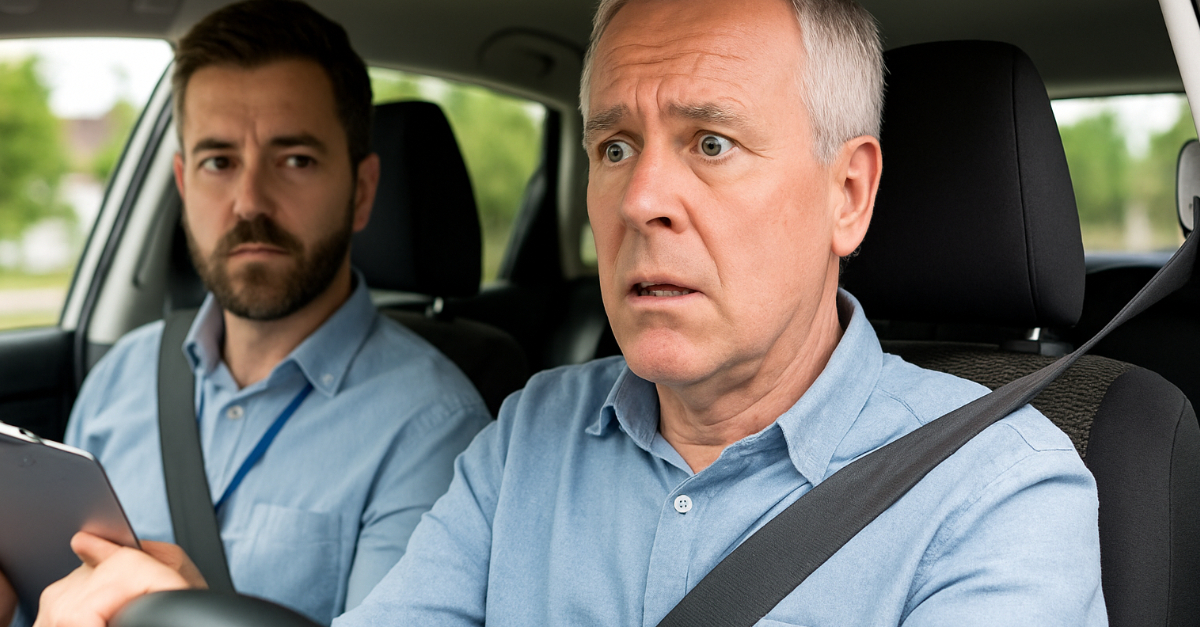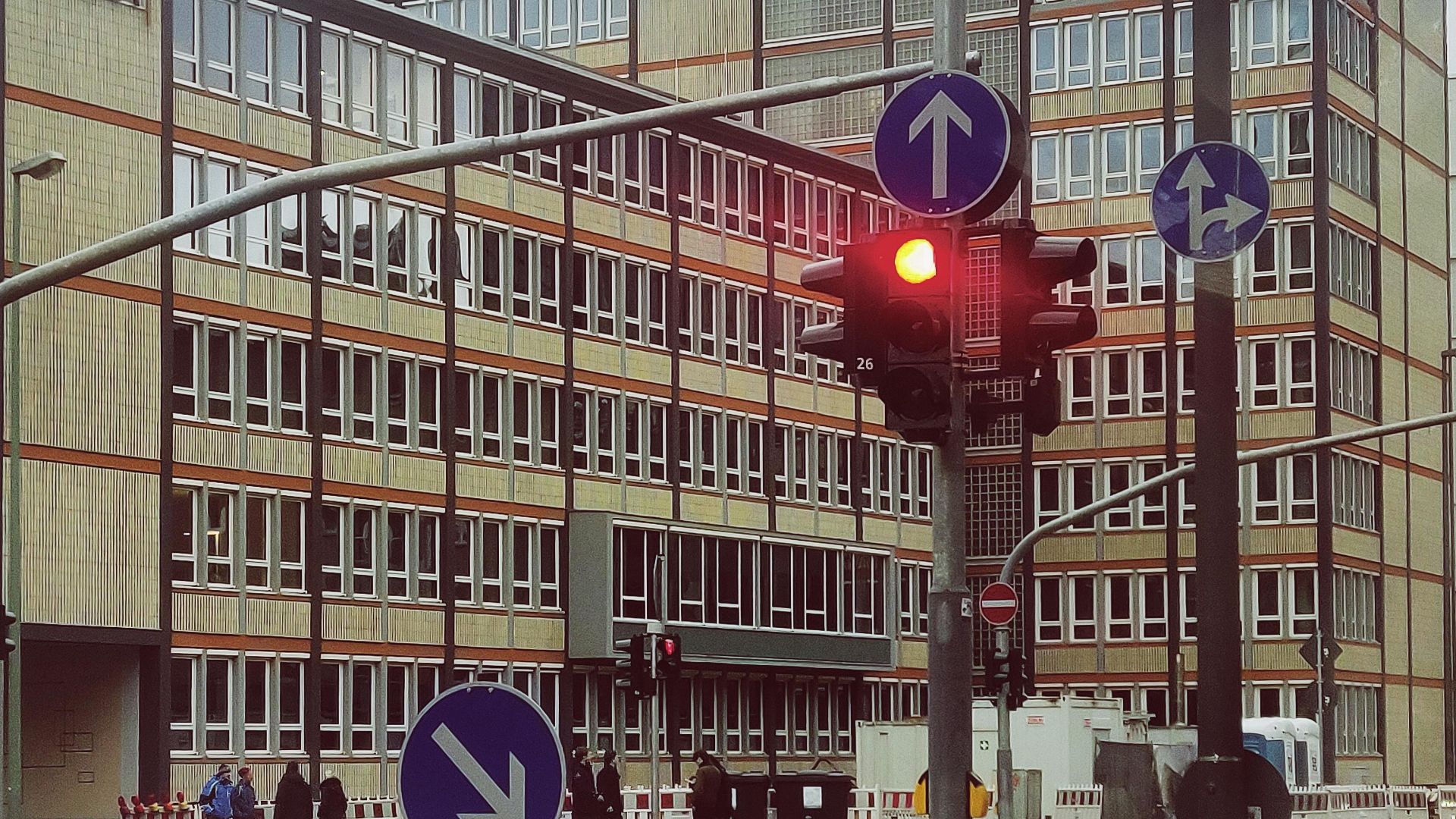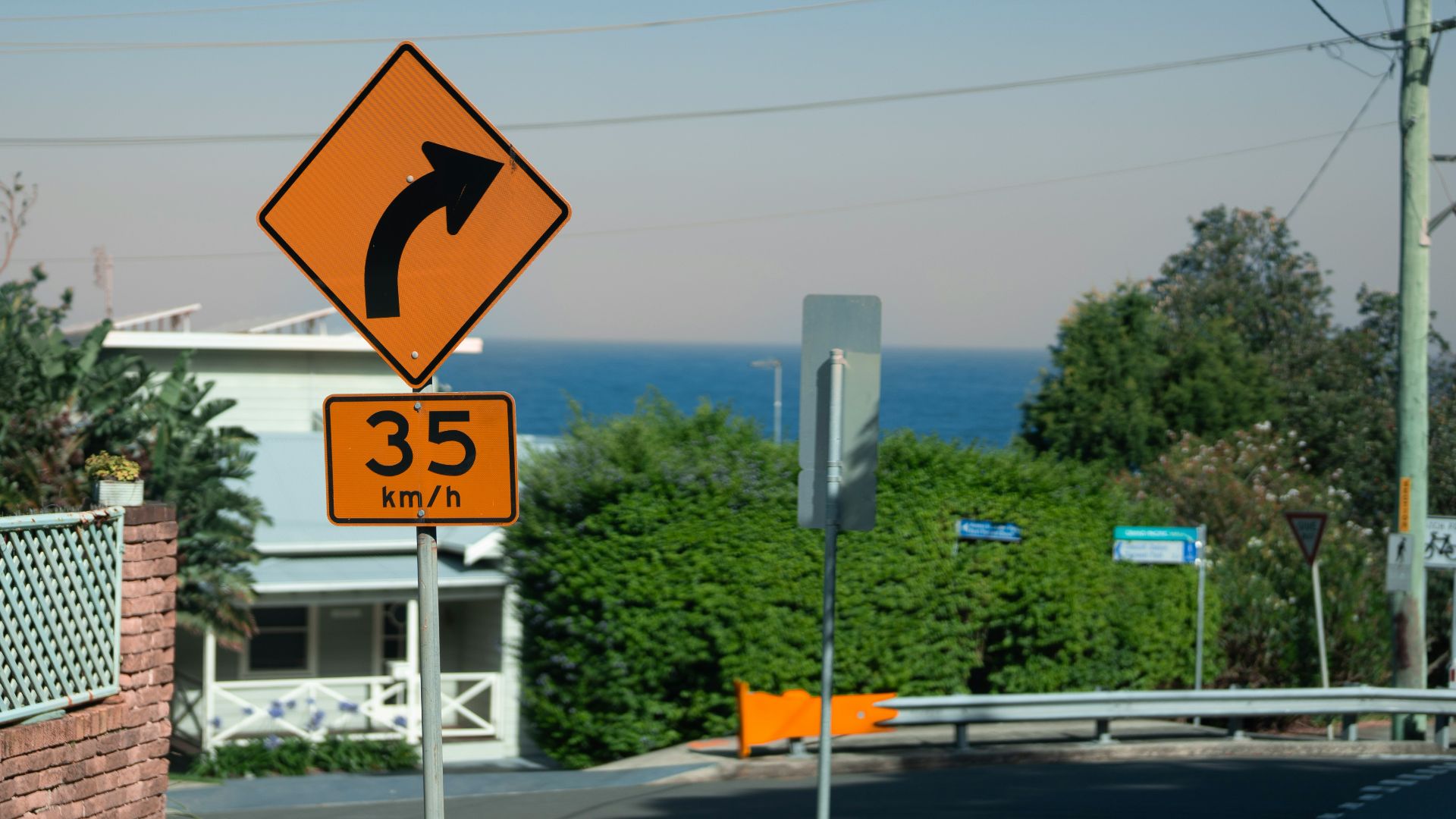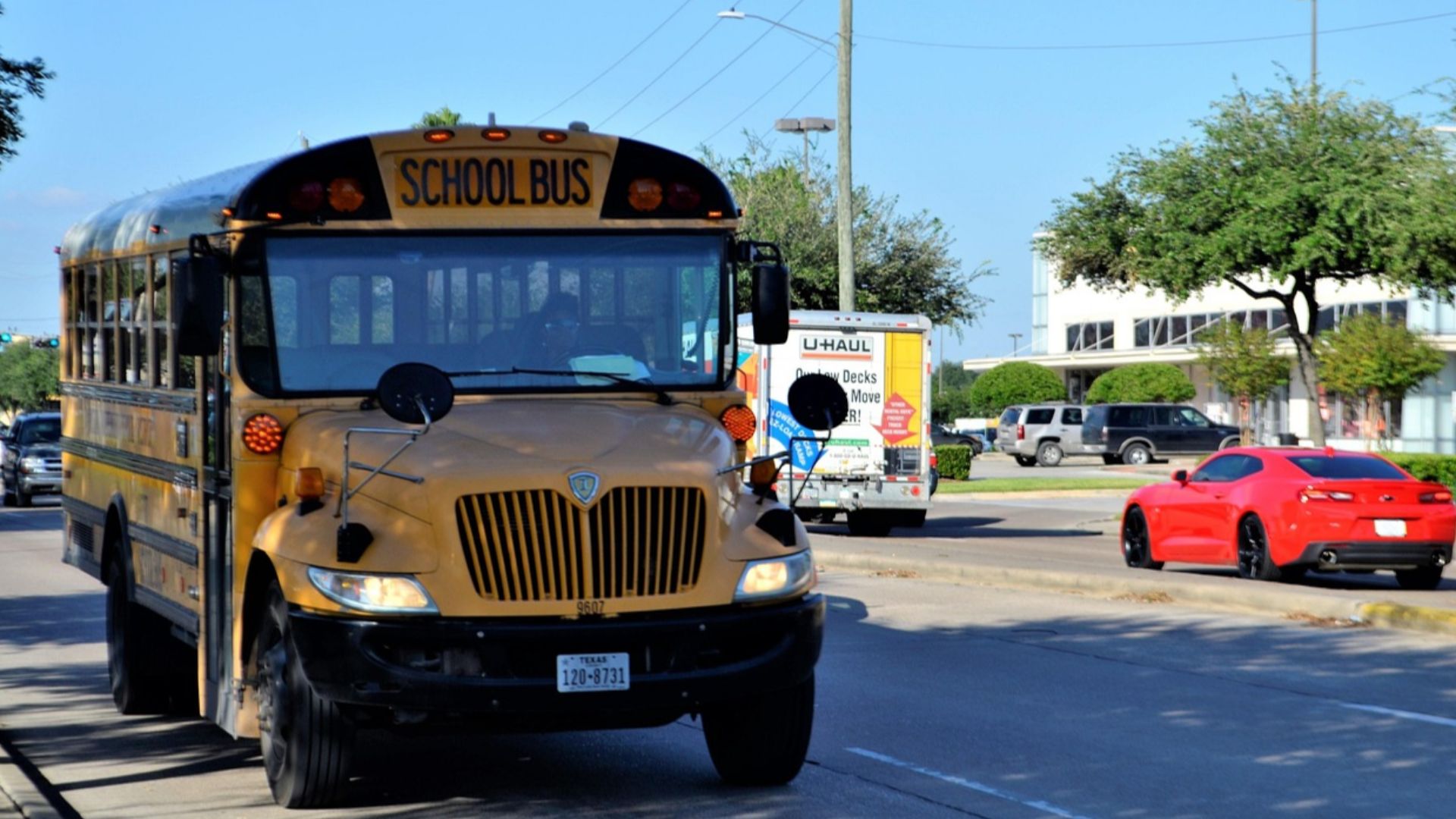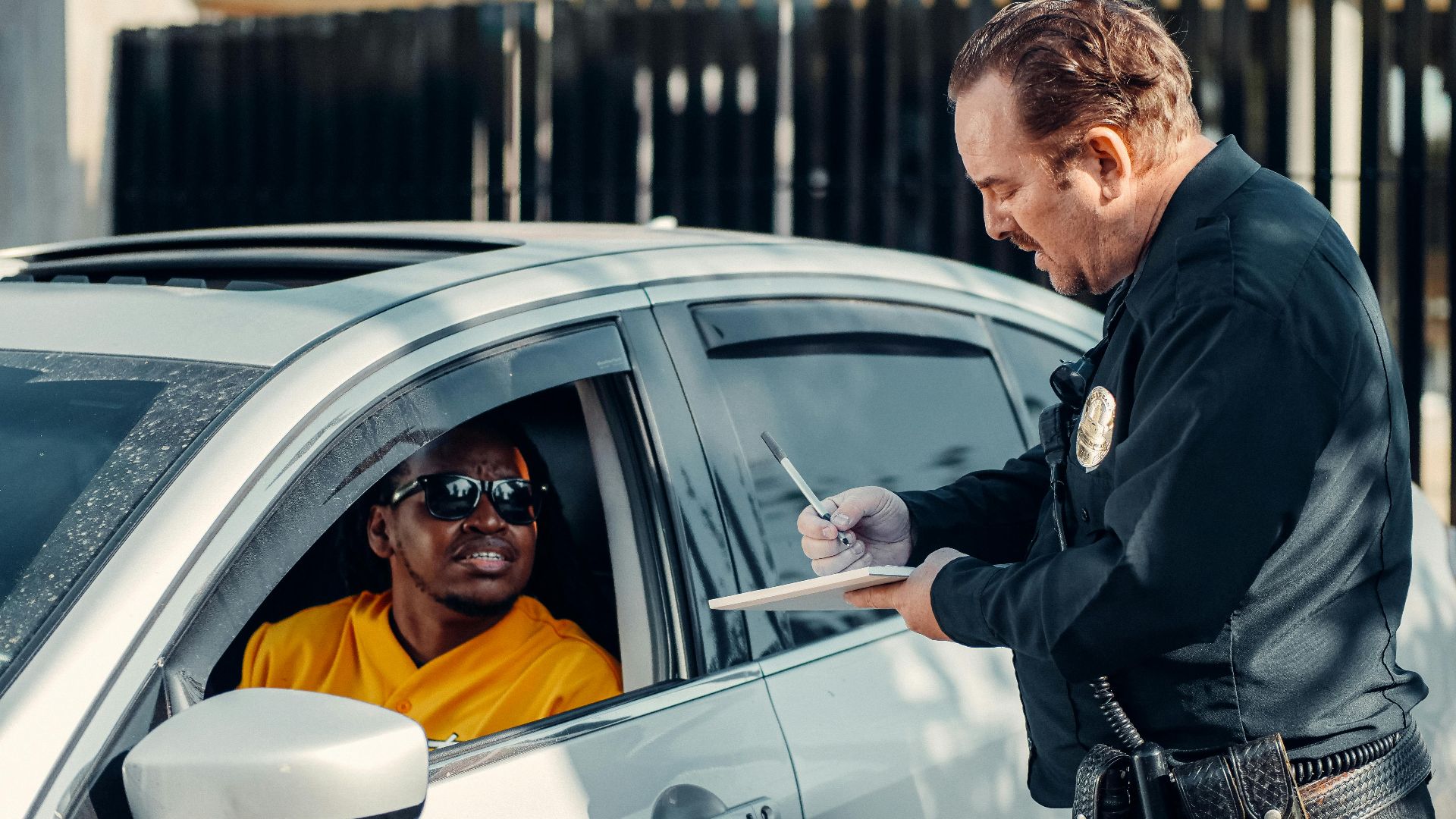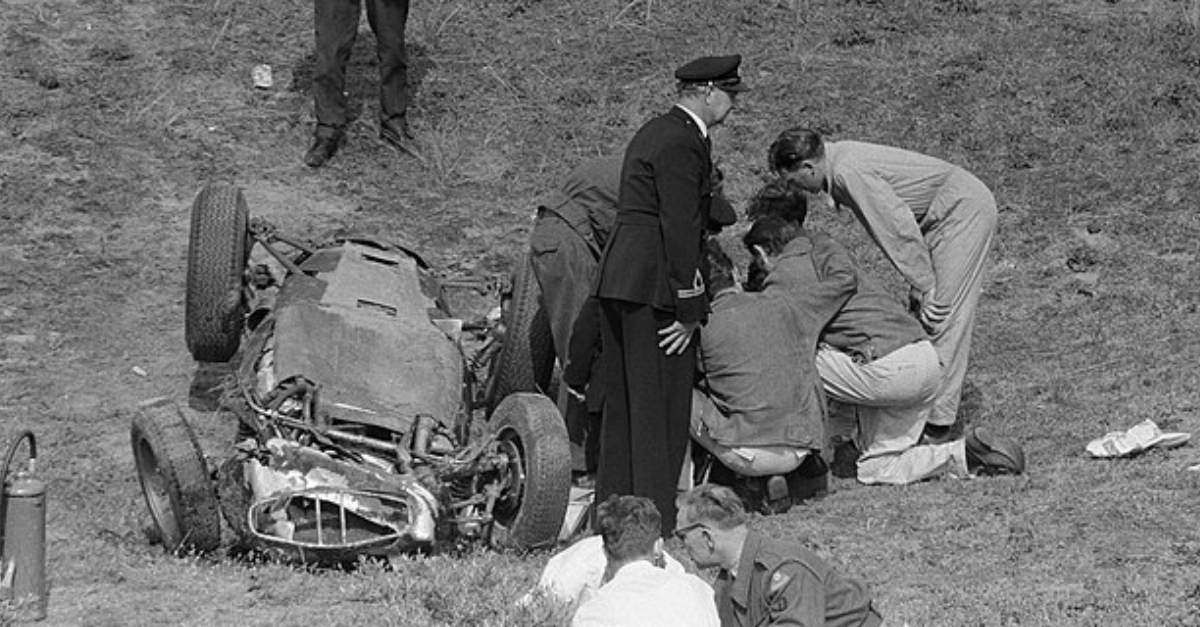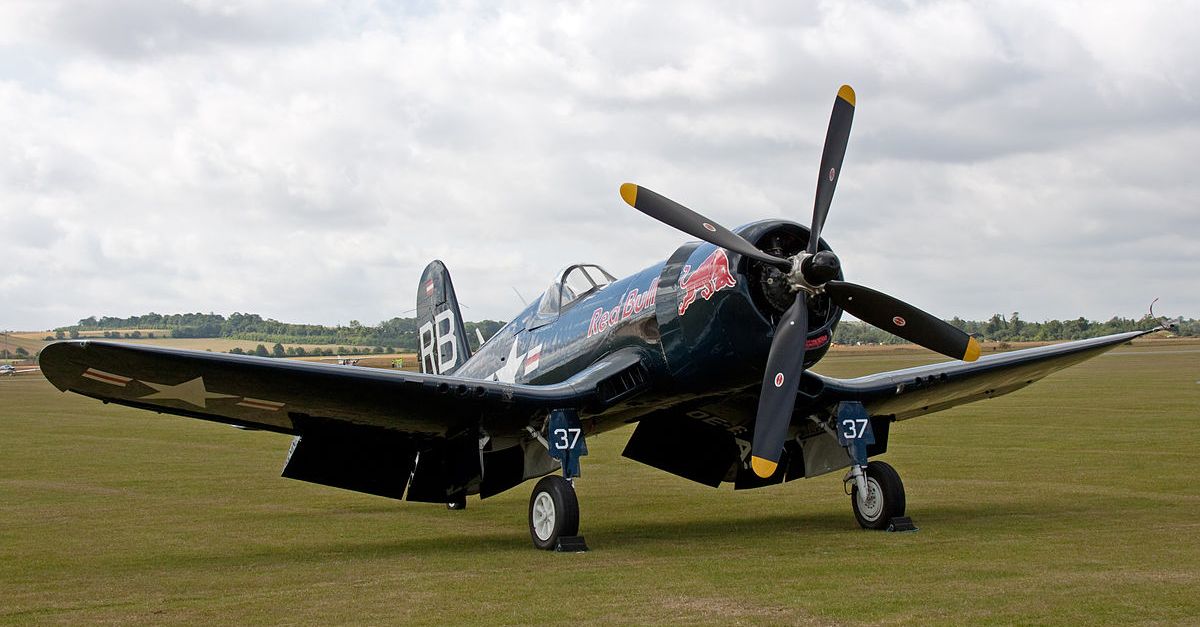Still Road-Ready—Or Rusty Behind the Wheel?
Think you still remember everything from driver’s ed? Whether you're a seasoned driver or someone who hasn't cracked open a DMV manual in years, this quiz will test your knowledge of modern road rules, safety signs, and best practices.
Let's find out if you'd pass a driver's test today!
Q: What does a flashing red traffic light mean?
A. Slow down and proceed with caution
B. Stop completely, then proceed when safe
C. Yield to traffic
D. It’s the same as a green light
A: Stop completely, then proceed when safe
A flashing red light is essentially the same as a stop sign. And as you would with a stop sign: You must come to a complete stop at the intersection, check for cross traffic or pedestrians, and proceed only when the way is clear.
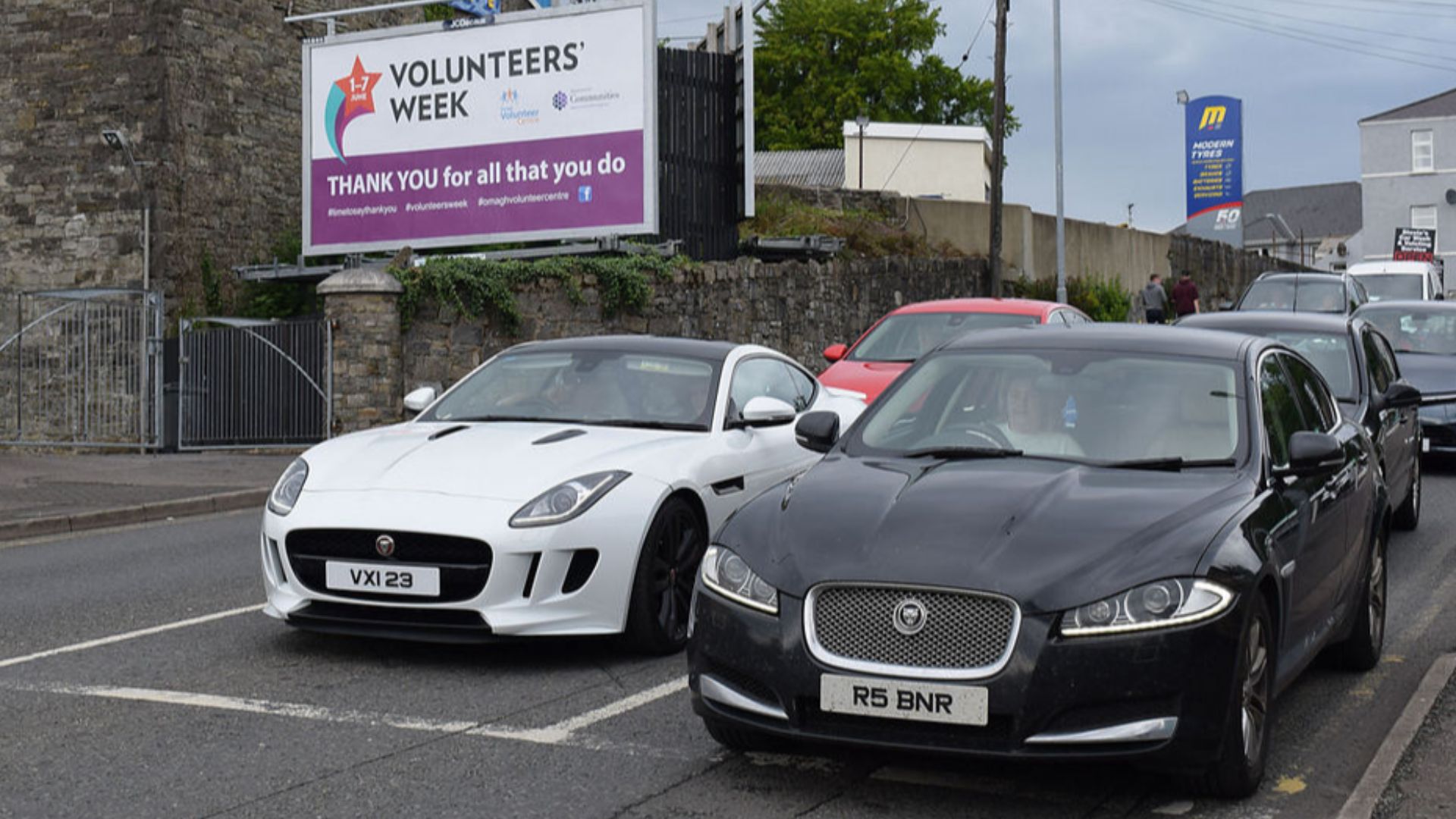 Kenneth Allen , Wikimedia Commons
Kenneth Allen , Wikimedia Commons
Q: When are you allowed to pass another vehicle on the right?
A. Only on one-way streets
B. When the car ahead is turning left
C. Never
D. If you're in a school zone
A: When the car ahead is turning left
Passing on the right is permitted only under certain conditions, like if the vehicle in front is making a left turn and there’s enough space to the right to get by. It’s not legal—or safe—to pass on the right by driving on the shoulder or in a bike lane.
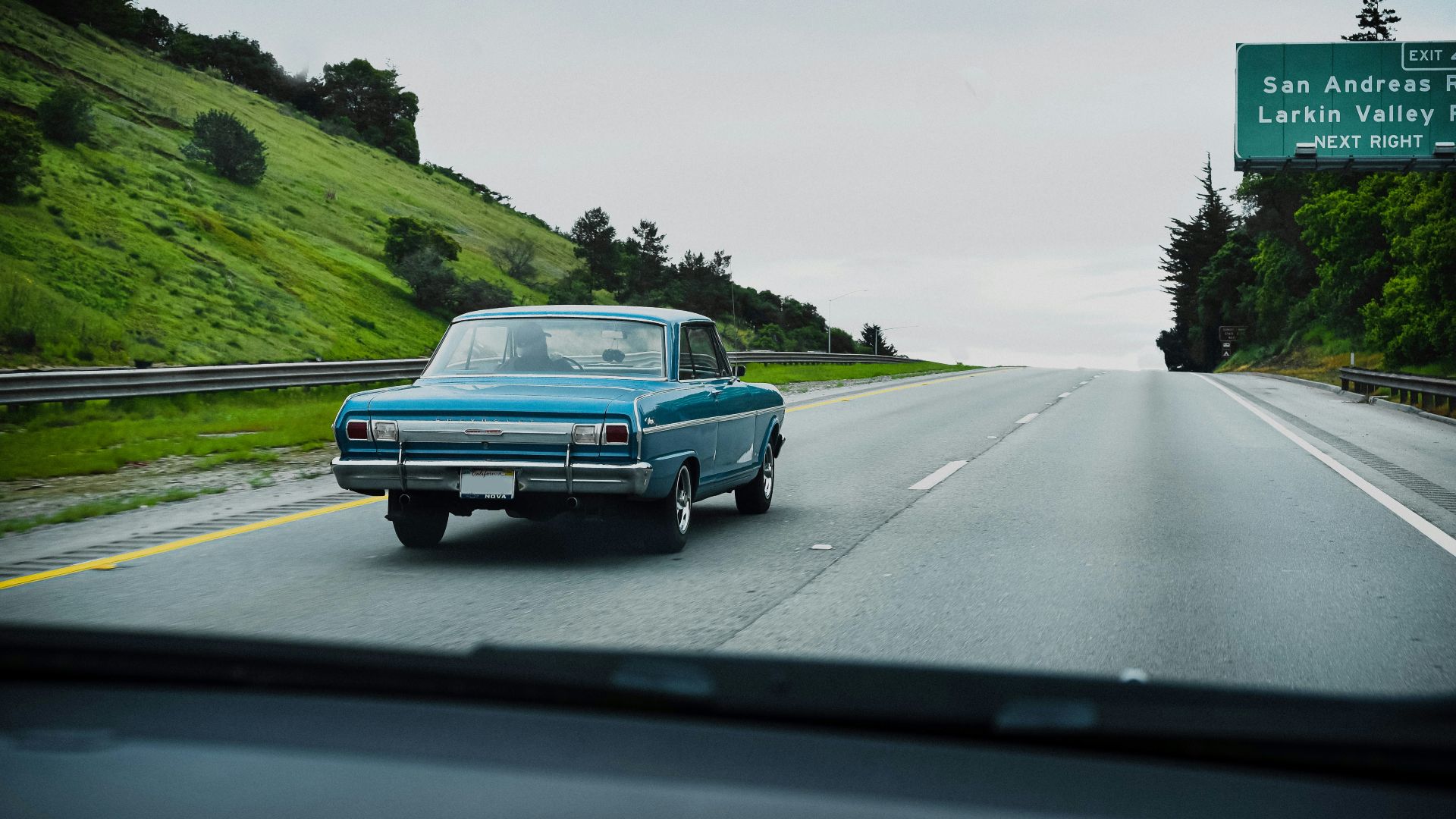 Frames For Your Heart, Unsplash
Frames For Your Heart, Unsplash
Q: What does this sign mean? (Yellow diamond with a curved arrow and a speed limit under it)
A. Speed limit enforcement zone
B. Detour ahead
C. Curve ahead with suggested speed
D. Winding road begins
A: Curve ahead with suggested speed
This warning sign alerts drivers to an upcoming curve in the road, and provides a recommended speed limit for said curve. It’s not a legal speed limit, but following it helps maintain safe control through the curve—especially in poor weather conditions.
Q: If you're approaching a school bus that’s stopped with flashing red lights, what must you do?
A. Slow down and pass carefully
B. Stop only if children are present
C. Stop completely, regardless of your direction
D. Honk to alert the children
 Katy Warner from Orlando, FL, USA, Wikimedia Commons
Katy Warner from Orlando, FL, USA, Wikimedia Commons
A: Stop completely, regardless of your direction
When a school bus stops and activates its red flashing lights, all drivers in both directions must stop—unless you're on the opposite side of a divided highway.
Q: What is the legal blood alcohol concentration (BAC) limit for adult drivers in most states?
A. 0.10%
B. 0.08%
C. 0.05%
D. 0.12%
A: 0.08%
In most U.S. states, a BAC of 0.08% is the legal limit for adult drivers. Exceeding this can result in DUI charges, license suspension, and fines. Some states have even lower limits for commercial drivers or zero-tolerance laws for drivers under 21.
Q: When should you turn your headlights on?
A. Only at night
B. At night or in poor visibility
C. Only during heavy rain
D. When your wipers are on
A: At night or in poor visibility
Headlights must be turned on from sunset to sunrise and during any condition that limits visibility, such as rain, fog, or snow. Some states even require headlights to be used when windshield wipers are in use.
Q: What does a solid double yellow line in the center of the road mean?
A. No passing in either direction
B. Passing is allowed for both sides
C. You may turn left across the line
D. Passing allowed for larger vehicles
A: No passing in either direction
Solid double yellow lines indicate that passing is prohibited for traffic moving in both directions. You may, however, turn left across them into driveways or side streets.
Q: When merging onto a freeway, who has the right of way?
A. The merging vehicle
B. Vehicles already on the freeway
C. Whichever vehicle is faster
D. The car closest to the on-ramp
A: Vehicles already on the freeway
When merging onto a freeway, it's the responsibility of the entering vehicle to yield and find a safe gap in traffic. Drivers should accelerate on the ramp to match highway speed and merge smoothly without disrupting traffic flow.
Q: What should you do if your vehicle starts to hydroplane?
A. Slam the brakes immediately
B. Turn sharply in the opposite direction
C. Ease off the gas and steer straight
D. Shift into neutral and accelerate
A: Ease off the gas and steer straight
Hydroplaning occurs when your tires lose contact with the road due to water. If this happens, don’t brake suddenly or make sharp turns. Instead, ease off the accelerator and keep the steering steady until traction returns.
Q: What is the hand signal for a left turn?
A. Left arm extended straight out
B. Left arm bent upward at 90 degrees
C. Right arm bent downward at 90 degrees
D. Left arm bent downward at 90 degrees
A: Left arm extended straight out
To signal a left turn using hand signals, extend your left arm horizontally out of the driver’s side window. This is a universal signal recognized across all states. Hand signals are especially important if your vehicle’s electronic signals are not functioning properly.
How Did You Do?
Now it’s time to find out who really rules the road. Tally up your correct answers and drop your score in the comments below! Were you a perfect 10, or is it time to brush up on those rules of the road?
You Might Also Like:
Quiz: Can You Name These Famous Cars From Movies?

